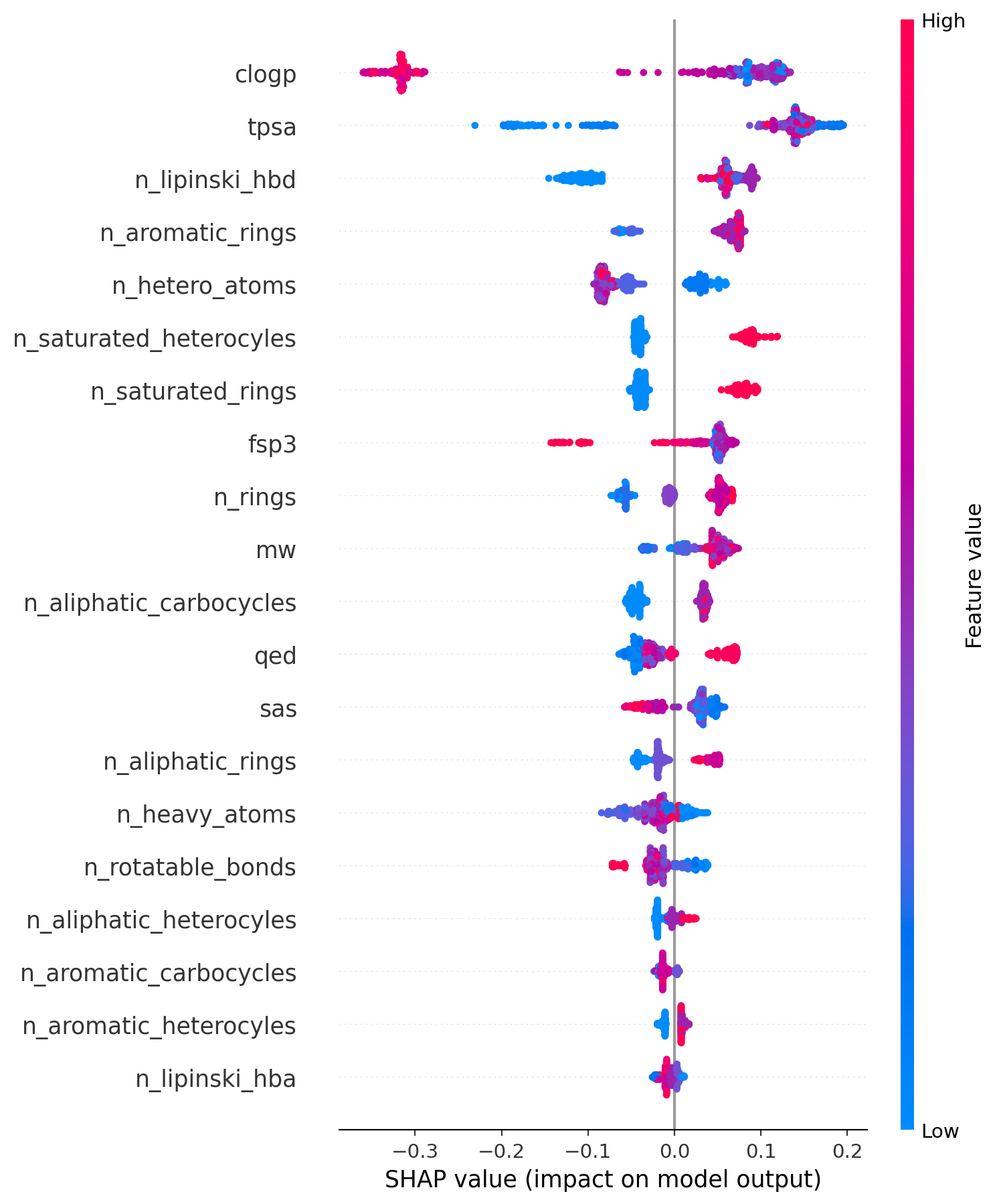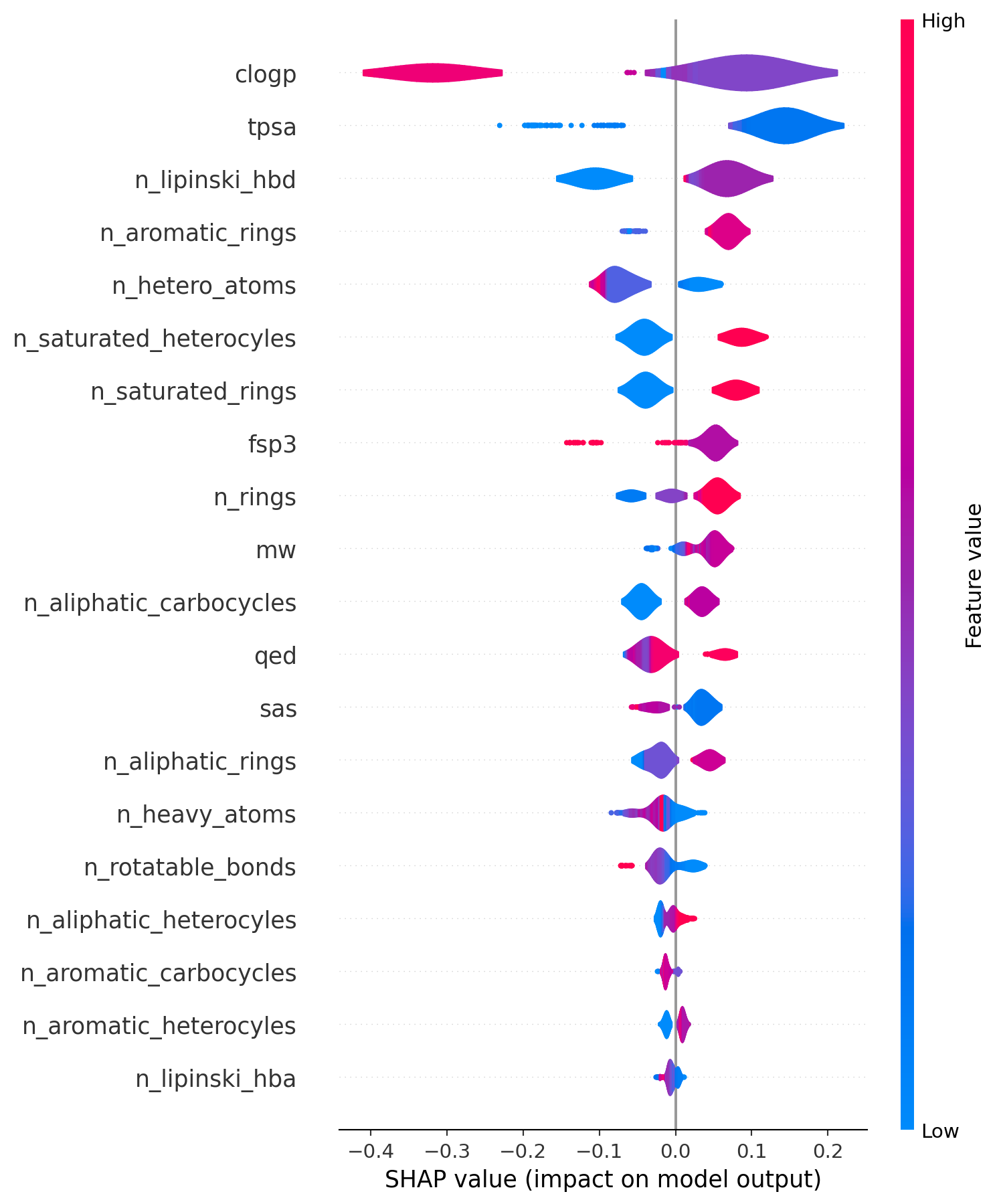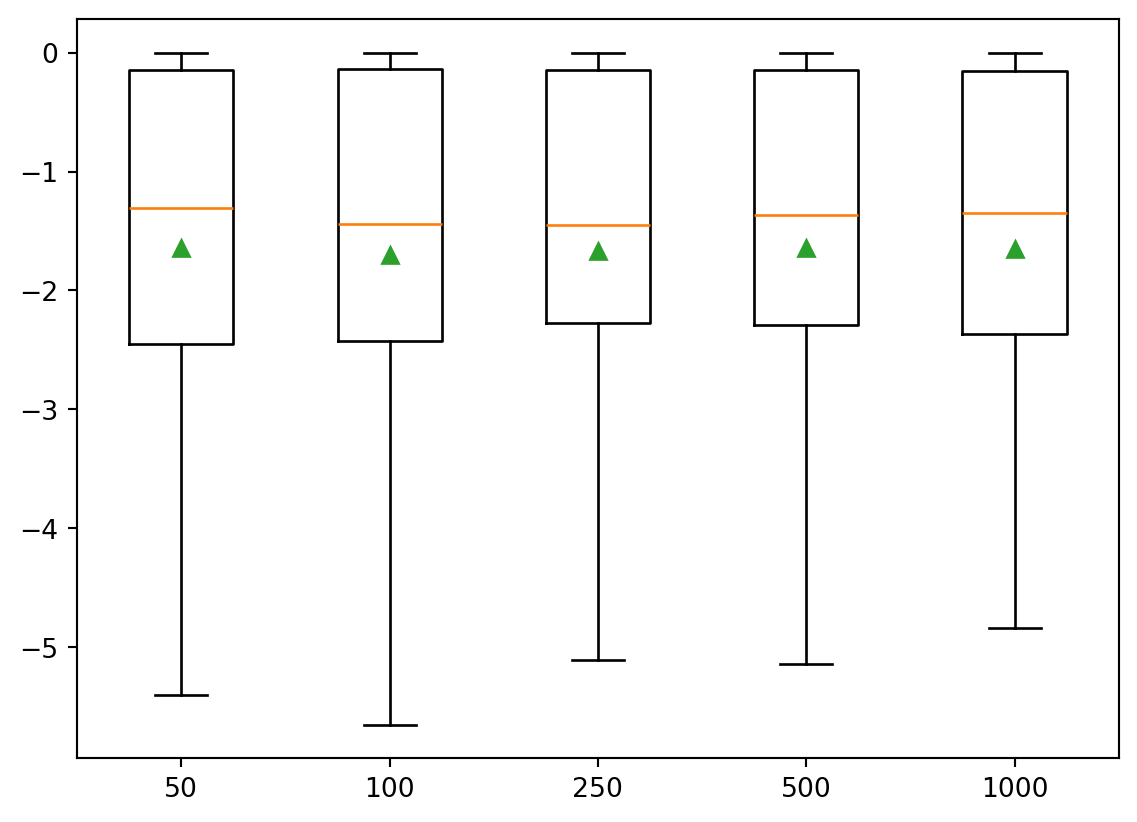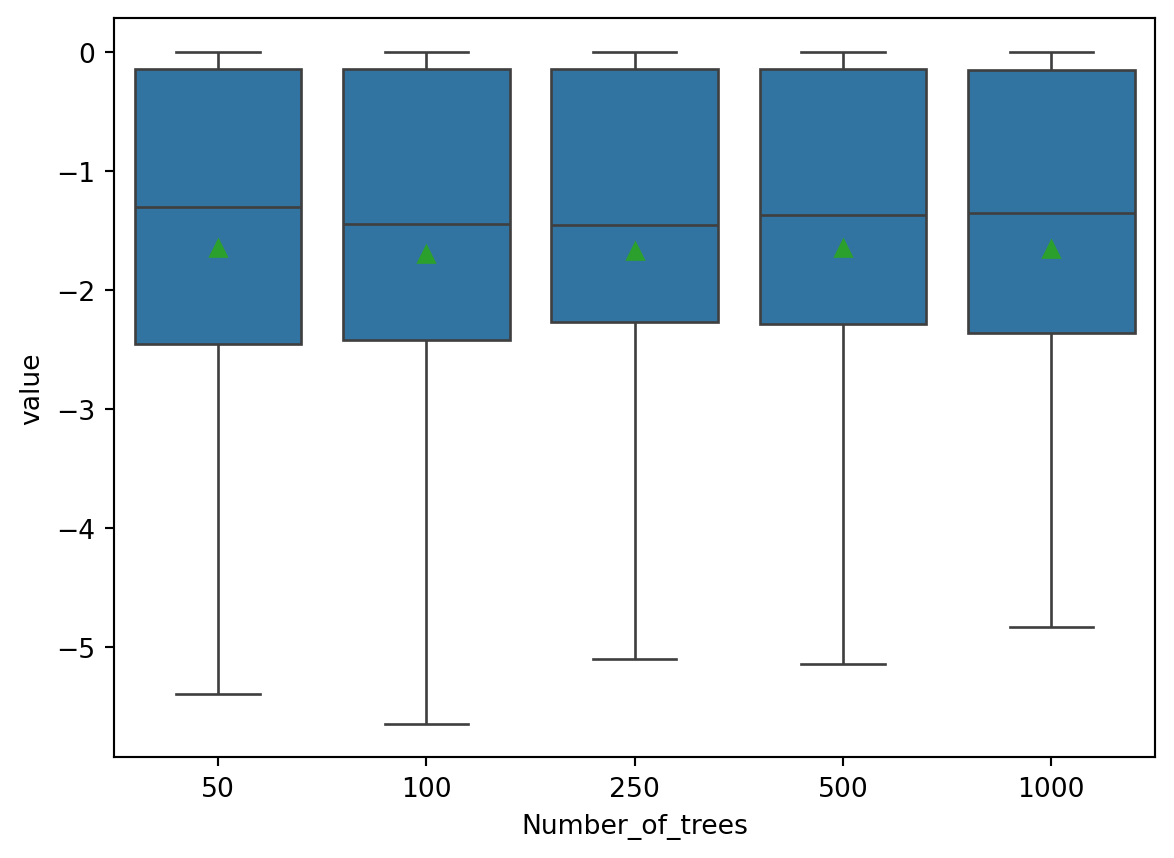array([[ 1.98115698e+02, 3.07692308e-01, 2.00000000e+00,
2.00000000e+00, 3.00000000e+00, 2.00000000e+00,
1.50000000e+01, 0.00000000e+00, 0.00000000e+00,
3.89100000e+01, 7.06488238e-01, 2.69580000e+00,
2.01471913e+00, 1.00000000e+00, 0.00000000e+00,
1.00000000e+00, 1.00000000e+00, 1.00000000e+00,
2.00000000e+00, 0.00000000e+00, 0.00000000e+00,
0.00000000e+00],
[ 2.01092042e+02, 4.00000000e-01, 2.00000000e+00,
1.00000000e+00, 1.00000000e+00, 3.00000000e+00,
1.30000000e+01, 2.00000000e+00, 0.00000000e+00,
2.02300000e+01, 6.08112327e-01, -1.01700000e+00,
3.18586632e+00, 0.00000000e+00, 0.00000000e+00,
0.00000000e+00, 1.00000000e+00, 0.00000000e+00,
1.00000000e+00, 0.00000000e+00, 0.00000000e+00,
0.00000000e+00],
[ 2.35168462e+02, 4.61538462e-01, 4.00000000e+00,
3.00000000e+00, 1.00000000e+00, 4.00000000e+00,
1.70000000e+01, 6.00000000e+00, 0.00000000e+00,
5.83600000e+01, 7.31539693e-01, 1.34040000e+00,
1.79168720e+00, 0.00000000e+00, 0.00000000e+00,
0.00000000e+00, 1.00000000e+00, 0.00000000e+00,
1.00000000e+00, 0.00000000e+00, 0.00000000e+00,
0.00000000e+00],
[ 3.79214744e+02, 4.58333333e-01, 4.00000000e+00,
0.00000000e+00, 4.00000000e+00, 4.00000000e+00,
2.80000000e+01, 6.00000000e+00, 0.00000000e+00,
3.87700000e+01, 7.47461492e-01, 4.36110000e+00,
2.67722173e+00, 1.00000000e+00, 1.00000000e+00,
2.00000000e+00, 2.00000000e+00, 0.00000000e+00,
2.00000000e+00, 0.00000000e+00, 1.00000000e+00,
1.00000000e+00],
[ 5.86279135e+02, 5.15151515e-01, 1.00000000e+01,
1.00000000e+00, 7.00000000e+00, 1.00000000e+01,
4.30000000e+01, 4.00000000e+00, 0.00000000e+00,
1.14200000e+02, 3.55955569e-01, 4.09110000e+00,
3.63256044e+00, 0.00000000e+00, 4.00000000e+00,
4.00000000e+00, 1.00000000e+00, 2.00000000e+00,
3.00000000e+00, 0.00000000e+00, 2.00000000e+00,
2.00000000e+00],
[ 5.10461822e+02, 8.00000000e-01, 6.00000000e+00,
0.00000000e+00, 1.00000000e+00, 6.00000000e+00,
3.60000000e+01, 2.10000000e+01, 0.00000000e+00,
2.76900000e+01, 2.05822189e-01, 5.45250000e+00,
3.25765349e+00, 0.00000000e+00, 0.00000000e+00,
0.00000000e+00, 1.00000000e+00, 0.00000000e+00,
1.00000000e+00, 0.00000000e+00, 0.00000000e+00,
0.00000000e+00],
[ 1.84066459e+02, 1.00000000e+00, 3.00000000e+00,
0.00000000e+00, 0.00000000e+00, 5.00000000e+00,
1.10000000e+01, 4.00000000e+00, 0.00000000e+00,
3.55300000e+01, 6.29869319e-01, 2.91400000e+00,
3.34514393e+00, 0.00000000e+00, 0.00000000e+00,
0.00000000e+00, 0.00000000e+00, 0.00000000e+00,
0.00000000e+00, 0.00000000e+00, 0.00000000e+00,
0.00000000e+00],
[ 2.87152144e+02, 5.29411765e-01, 4.00000000e+00,
1.00000000e+00, 4.00000000e+00, 4.00000000e+00,
2.10000000e+01, 1.00000000e+00, 0.00000000e+00,
4.19300000e+01, 8.00524269e-01, 1.85030000e+00,
4.22684283e+00, 1.00000000e+00, 2.00000000e+00,
3.00000000e+00, 1.00000000e+00, 0.00000000e+00,
1.00000000e+00, 0.00000000e+00, 0.00000000e+00,
0.00000000e+00],
[ 3.48142697e+02, 3.68421053e-01, 2.00000000e+00,
0.00000000e+00, 3.00000000e+00, 4.00000000e+00,
2.30000000e+01, 5.00000000e+00, 0.00000000e+00,
6.48000000e+00, 7.09785317e-01, 5.44140000e+00,
4.22359068e+00, 0.00000000e+00, 1.00000000e+00,
1.00000000e+00, 2.00000000e+00, 0.00000000e+00,
2.00000000e+00, 0.00000000e+00, 0.00000000e+00,
0.00000000e+00],
[ 2.34092376e+02, 3.07692308e-01, 2.00000000e+00,
2.00000000e+00, 3.00000000e+00, 3.00000000e+00,
1.60000000e+01, 0.00000000e+00, 0.00000000e+00,
3.89100000e+01, 7.60853221e-01, 3.11760000e+00,
3.21871482e+00, 1.00000000e+00, 0.00000000e+00,
1.00000000e+00, 1.00000000e+00, 1.00000000e+00,
2.00000000e+00, 0.00000000e+00, 0.00000000e+00,
0.00000000e+00]])








